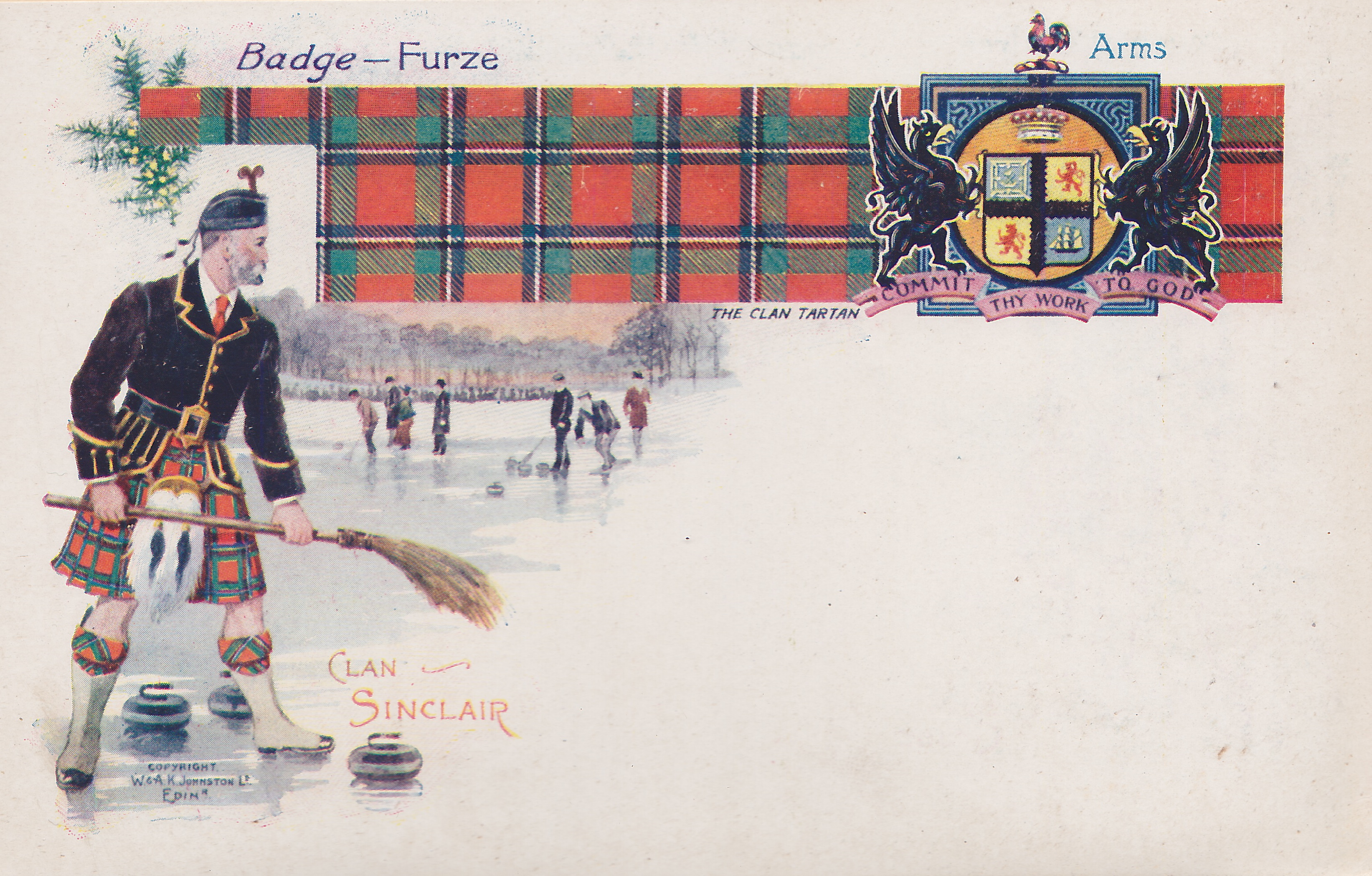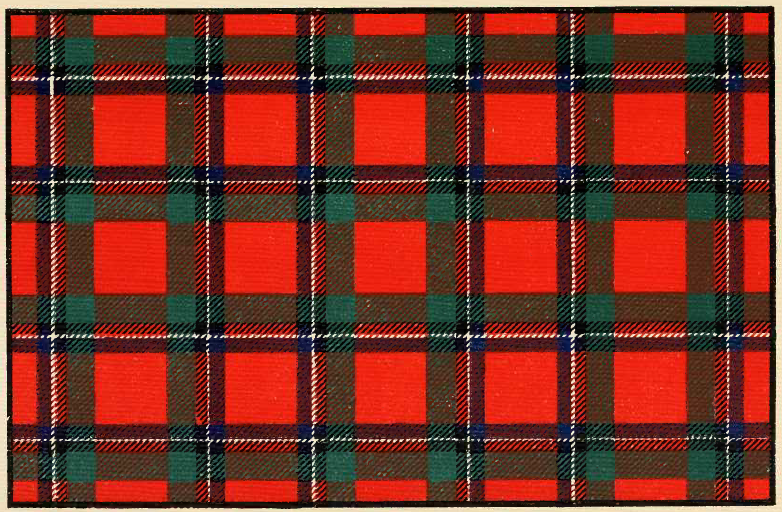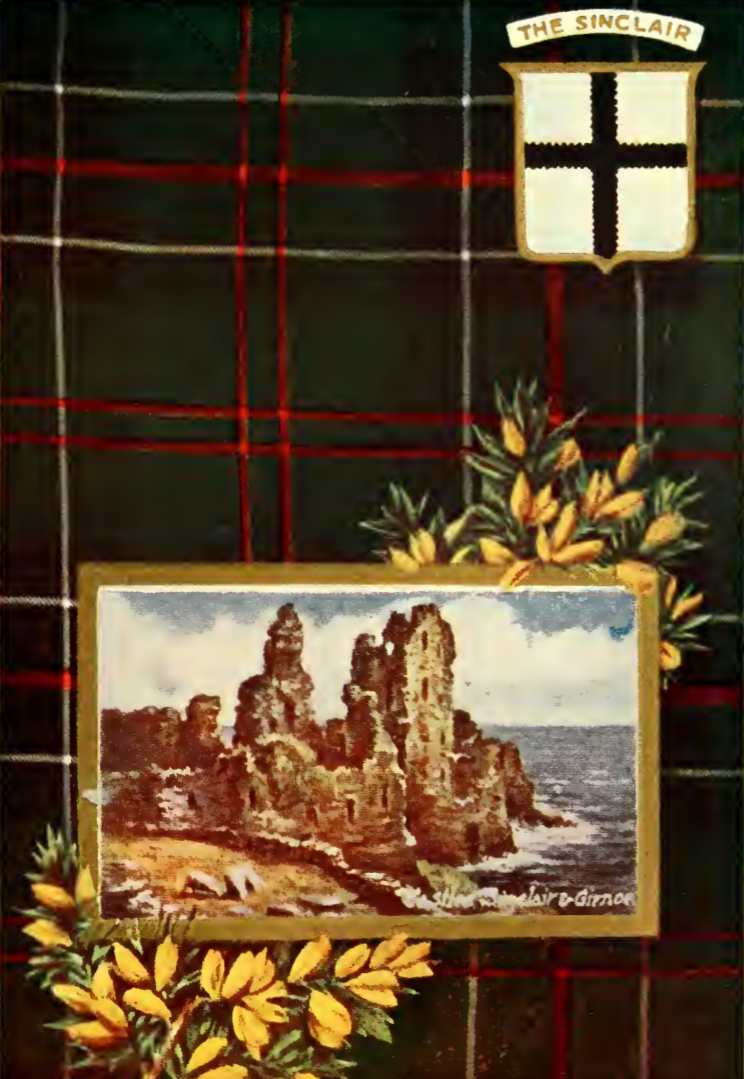Clan Sinclair
🔹 Official Clan Associations
-
Clan Sinclair Association, Inc. (USA) Dedicated to preserving and promoting the heritage of Clan Sinclair, this association offers resources, events, and membership opportunities for individuals interested in the clan’s history and culture.
https://www.clansinclairusa.org/home.html -
Clan Sinclair Association of Canada Established in 1972, this association aims to unite Sinclairs across Canada, fostering a sense of community and shared heritage.
https://www.clansinclair.ca/ -
Clan Sinclair Australia Serving as the central hub for Sinclairs in Australia, this association provides historical insights and promotes cultural events related to the clan.
https://www.clansinclairaustralia.com/Sinclair Australia
🔹 Historical Resources
-
Clan Sinclair – Wikipedia Provides a detailed overview of the clan’s origins, history, and significant events.
https://en.wikipedia.org/wiki/Clan_Sinclair -
Clan Sinclair History – Scotland’s Wild Offers insights into the clan’s background, including its establishment in Scotland and notable historical events.
https://www.scotlandswild.com/clan-sinclair -
Rosslyn Chapel and Clan Sinclair Explores the connection between the Sinclairs and the iconic Rosslyn Chapel, highlighting the family’s influence on this historic site.
https://www.rosslynchapel.com/about/clan-sinclair/
🔹 Genealogical Resources
-
Sinclair Genealogy A comprehensive resource for those researching Sinclair family history, offering historical and genealogical details about the Sinclairs, particularly the Anglo-Norman Saint Clairs in England and their branches in Scotland and Ireland.
https://sinclairgenealogy.info/The Sinclairs | Sinclair Genealogy -
Clan Sinclair USA – Genealogy Provides guidance on researching Sinclair family history, including an ancestor list containing names of immigrant or earliest known Sinclair ancestors in the USA.
https://www.clansinclairusa.org/genealogy.htmlCLAN SINCLAIR USA -
St. Clair Research DNA Study A global effort to track the history of various Sinclair lineages using DNA analysis, helping individuals connect with their ancestral roots.
https://stclairresearch.org/stclairresearch.org
🔹 Notable Figures
-
Henry Sinclair, Earl of Orkney (c. 1345–c. 1404) A Scottish nobleman and explorer, Henry is reputed to have voyaged to Greenland and possibly North America nearly a century before Columbus.
https://en.wikipedia.org/wiki/Henry_I_Sinclair,_Earl_of_OrkneyWikipédia, l’encyclopédie libre+1Wikipedia, l’enciclopedia libera+1 -
William Sinclair, 1st Earl of Caithness (1410–1484) Founder of the famous Rosslyn Chapel in the 15th century, William played a significant role in Scottish history and architecture.
https://en.wikipedia.org/wiki/William_Sinclair,_1st_Earl_of_CaithnessWikipedia+1The Official Rosslyn Chapel Website+1 -
Sir John Sinclair (1754–1835) A renowned economist and statistician, Sir John was instrumental in the compilation of the ‘Statistical Account of Scotland.’
https://en.wikipedia.org/wiki/Sir_John_Sinclair,_1st_BaronetWikipédia, l’encyclopédie libre
🔹 Community Engagement
-
Clan Sinclair Association, Inc. (USA) – Membership Offers opportunities for individuals to join, participate in events, and connect with others of Sinclair descent.
https://www.clansinclairusa.org/home.html -
Clan Sinclair Association of Canada – Membership Provides avenues for members to engage in preserving the clan’s history and fostering fellowship among Sinclairs in Canada.
https://www.clansinclair.ca/ -
Clan Sinclair Australia – Membership Encourages individuals in Australia to join and participate in events celebrating Sinclair heritage.
https://www.clansinclairaustralia.com/Scots Connection+1Sinclair Australia+1
🔹 Additional Resources
-
The Story of Clan Sinclair – ScotlandShop on the Sofa A video providing insights into the history of Clan Sinclair.
https://www.youtube.com/watch?v=n2YAdLz5JC8
It is believed that the Clan Sinclair originated in Saint-Clair Normandy and came to Great Britain with William the conqueror during the invasion of England. The Earliest record of the presence of the Sinclair clan in Scotland comes from a charter dated to 1160, granting lands to Henry Sinclair in Haddingtonshire. The line of Sinclair chiefs can be traced back to William St. Clare who in 1280 was granted the title of Barony of Roslin.

The moto of clan Sinclair is, Commit thy work to good. the clan crest features a cock proper.
Clan Sinclair is a Highland clan with it’s historic seat located at Castle Sinclair Grinigoe in Wick, Caithness, Scotland. They also hold lands in the Lothians and the Orkney Islands
According to a legend, Henry Sinclair, who inherited the title Barron of Roslin at the age of 13 in 1358, went on to discover the new world almost 100 years before Christopher Columbus made his trip. Many believe that Henry Sinclair traveled from Scotland to Newfoundland, Nova Scotia and possibly as far south as Rhode Island. On the Eastern Shore of Nova Scotia, Canada, there is a monument dedicated to Henry Sinclair’s journey to the new world.

In 1455 the chief of Clan Sinclair was granted an earldom by then King James III. The earldom was awarded to the chief in exchange for his previous title Earl of Orkney and the lands associated with this title. From 1455 on the chief of clan Sinclair has been known as the Earl of Caithness.
The Sinclair Clan trust was formed in 1999 with the objective of restoring Castle Sinclair Grinigoe along with the development of a visitors centre and library.





